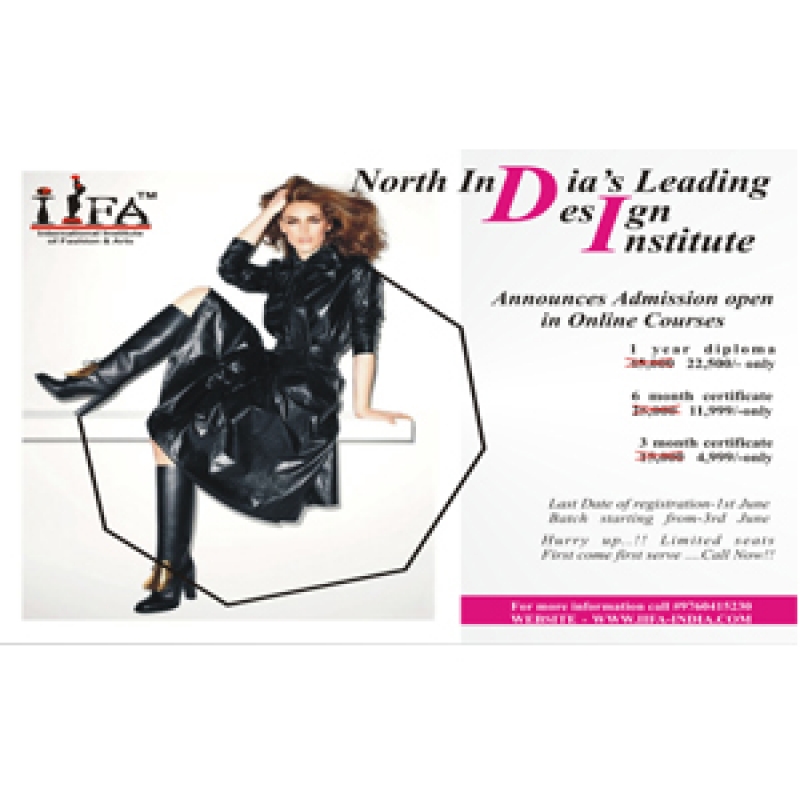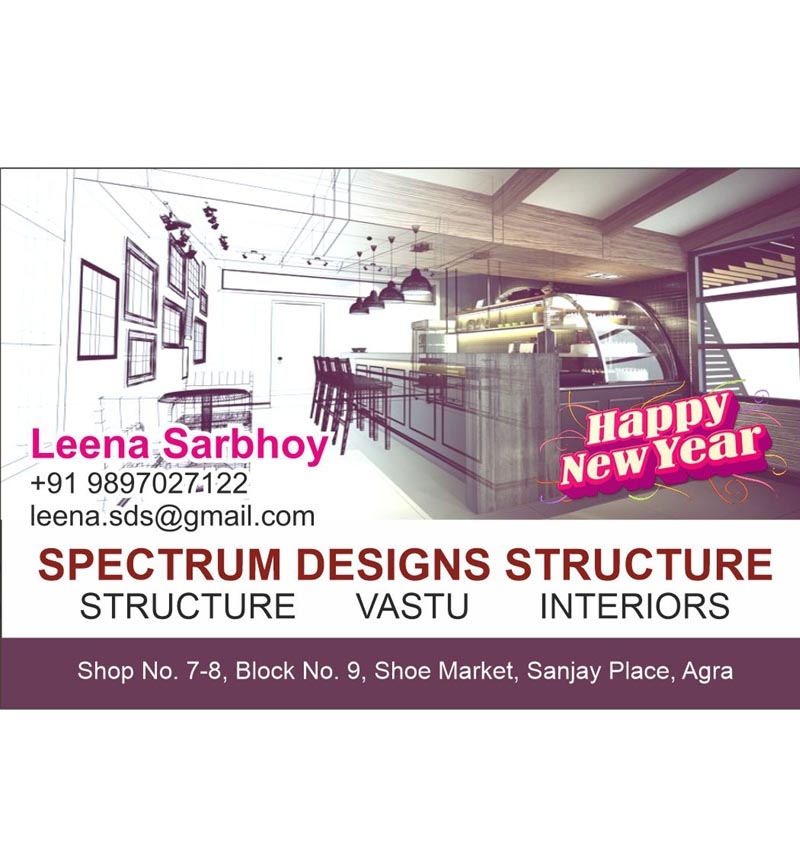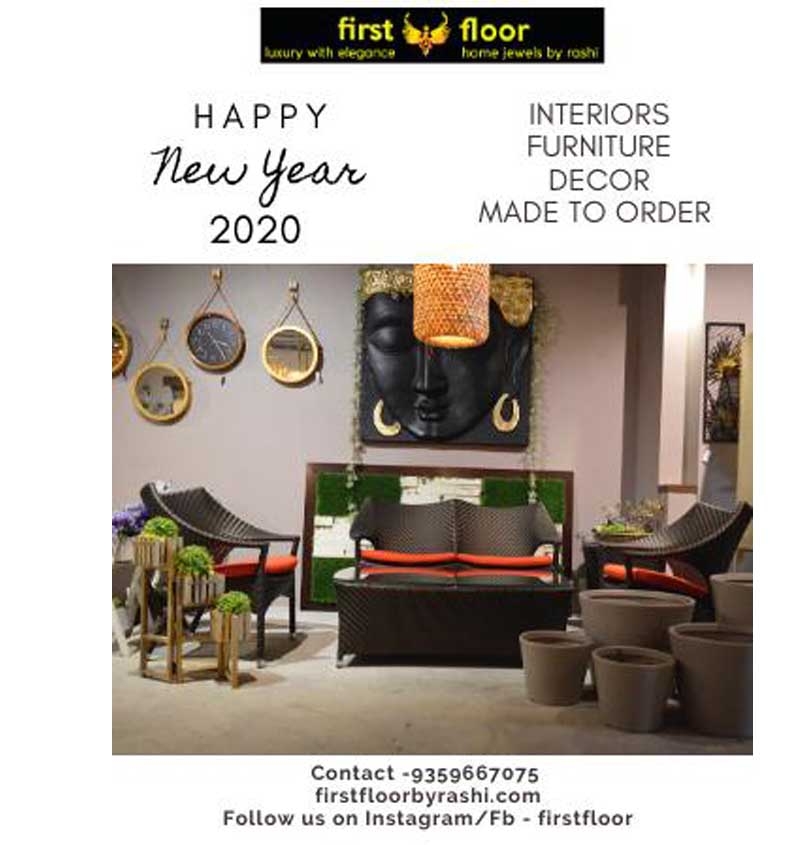What is Interior Styling?
Interior styling is the process of decorating and arranging a space to highlight its best features, achieve a specific mood, and serve the needs of those who live there. Unlike interior design, which often involves architectural planning, structural changes, and technical expertise, interior styling focuses more on the decorative aspects—furniture, accessories, textures, colors, and layout.
The goal of interior styling is to create an inviting atmosphere that feels personal and thoughtfully curated. It’s about understanding how a room should function, what emotions it should evoke, and how each piece of decor can contribute to the overall aesthetic. Good styling balances creativity with practicality, allowing spaces to look stunning while serving their intended purpose.
Key Elements of Interior Styling
Successful interior styling is built on a few key principles that guide the process of creating a harmonious space. Here are the essential elements that can help you achieve a well-styled room:
1. Color Palette
A well-thought-out color palette is crucial in interior styling. Colors have a profound impact on the mood of a space, influencing everything from how large a room feels to the energy it gives off. Neutral tones like whites, grays, and beige create a calming atmosphere, while bold colors like deep blues, reds, or yellows can add warmth, depth, and character.
When selecting a color scheme, it’s important to keep in mind the function of the room. For instance, a calming palette of soft pastels may be ideal for a bedroom, while brighter, energizing colors might work better in a kitchen or living room. The best interior styling often incorporates a mix of base, accent, and feature colors to create visual interest and balance.
2. Textures and Materials
Texture plays a significant role in interior styling because it adds depth and dimension to a room. Incorporating various textures—from soft fabrics like velvet and linen to rougher materials like wood and metal—helps break up the monotony of a single texture and creates visual intrigue.
Think about layering different textures in a space. For instance, a velvet sofa can be paired with a jute rug, throw pillows in wool, and a sleek marble coffee table. Mixing materials such as glass, ceramic, leather, and brass can create a tactile and visually stimulating environment that feels dynamic and inviting.
3. Furniture Arrangement
The way furniture is arranged in a room can make a huge difference in its functionality and flow. Good interior styling considers the proportions of furniture, the layout of the space, and the room’s intended function. In a living room, for example, seating should be arranged in a way that promotes conversation while also creating pathways for easy movement.
The key is to strike a balance between comfort and space efficiency. Avoid overcrowding a room with too many pieces; instead, choose furniture that fits the scale of the room and complements the overall aesthetic. Multi-functional furniture—such as storage ottomans or extendable dining tables—can help keep the space practical without sacrificing style.
4. Lighting
Lighting is a powerful tool in interior styling, setting the mood and highlighting the room’s best features. It’s essential to layer lighting, including ambient lighting (overhead lights), task lighting (table lamps or reading lights), and accent lighting (spotlights or wall sconces).
The choice of lighting fixtures can also enhance the room’s style. For example, a chandelier can add a touch of luxury to a dining room, while industrial-style pendant lights can introduce an urban vibe to a kitchen. Ensure that the lighting is adjustable and functional for various tasks, such as reading, cooking, or socializing.
5. Accessories and Art
Accessories are the finishing touch in interior styling, helping to personalize a room and inject character. Decorative items such as vases, books, sculptures, mirrors, and throw blankets can add color, texture, and interest to a space. Art pieces, whether they’re paintings, photographs, or wall sculptures, also contribute to the overall mood and personality of a room.
When selecting accessories, it’s important to be mindful of scale. A giant piece of artwork might overpower a small room, while too many small items can make the space feel cluttered. Focus on a few statement pieces, and use them to tie the room’s elements together.
Trends in Interior Styling
As with any design field, interior styling is constantly evolving. New trends emerge every year, influenced by cultural shifts, technological advancements, and changes in lifestyle. Here are a few interior styling trends that are currently making waves:
1. Sustainable and Eco-Friendly Design
There is a growing demand for sustainable and eco-friendly interior styling. People are increasingly looking for ways to decorate their homes with eco-conscious materials, such as reclaimed wood, bamboo, or upcycled furniture. Natural fabrics like organic cotton, hemp, and linen are also gaining popularity for their environmental benefits.
Incorporating plants into a space is another trend that aligns with sustainable design. Not only do plants improve air quality, but they also bring nature indoors, making a room feel fresh and lively.
2. Maximalism
While minimalism has been a dominant style in recent years, maximalism is making a bold comeback. This trend embraces bold colors, eclectic furniture, and an abundance of accessories. It’s all about creating a space that feels full of life, personality, and history. Think layered patterns, vibrant textiles, and unexpected combinations that create an eclectic, lived-in vibe.
3. Mid-Century Modern Revival
The timeless appeal of mid-century modern design continues to inspire interior stylists. Clean lines, functional furniture, and a blend of organic and geometric shapes are hallmarks of this style. The trend is often paired with natural materials, such as wood and leather, and accented with pops of bold colors, like mustard yellow or teal.
4. Statement Ceilings and Walls
In 2025, interior styling is going beyond the basics to make ceilings and walls a focal point. Whether through dramatic paint colors, wallpaper, or textured finishes, homeowners and designers are embracing the ceiling and walls as a canvas for artistic expression.
Tips for Styling Your Home
-
Personal Touch: Above all, interior styling should reflect your personal taste. Don’t feel pressured to follow trends if they don’t speak to you. Incorporate items that bring you joy and suit your lifestyle.
-
Create a Focal Point: Every room should have a central element that draws attention. Whether it’s a large piece of art, a bold piece of furniture, or a striking light fixture, a focal point helps tie the room together.
-
Edit and Refine: Less is often more. Don’t overcrowd spaces with too many accessories or furniture pieces. Editing and curating your decor ensures that each item has room to shine.
-
Experiment with Scale: Mix large and small items to create visual interest. A tall vase on a low coffee table, or a large mirror over a small console, can add balance and drama to the space.
Conclusion
Interior styling is about creating spaces that feel comfortable, cohesive, and personal. By focusing on key elements such as color, texture, furniture arrangement, and lighting, you can transform any space into one that feels both stylish and functional. Whether you’re following the latest trends or embracing a more timeless approach, interior styling allows you to express your personality and create an environment that enhances your everyday life.



















Your Message